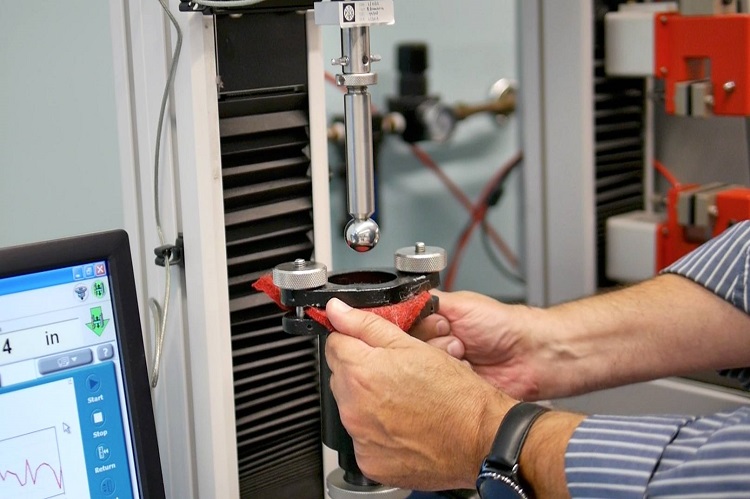Textiles are a very important part of the clothing industry. People buy clothes based on fabric. Many types of fabric can be used for clothes, including silk, nylon, Lycra, cotton, polyester, and many others.
The colors that are used for clothes can also be different from one fabric to another. Clothes should be comfortable and light, to be able to breathe and stay cool and dry. The fabric also affects the look of the clothes, which is determined by the texture, size, design, patterns, and coloring of the fabric.
To avoid production defects and produce clothing that is both comfortable and durable, quality control is very important. Even though the companies producing the clothes use good quality fabrics, there may still be defects that are not detected because the quality control method used may not be enough.
This is mainly determined by the testing methods that the manufacturers use. For instance, some clothing brands do not test their products. Instead, they rely on the manufacturers to provide them with samples. If the samples are only good to show that the fabric is acceptable, it is impossible to tell whether or not the fabric is a good one. If it is not tested, there is no way to ensure that the production process was not a cause of the defect. Thus, the manufacturers have to put a lot of effort into testing, paying attention to the quality of the product.
Scuff testing for textiles is the test of a fabric sample to see if it still has the integrity of its original form. If the sample is undamaged and still looks like the original, then the fabric is the same as the manufacturer made. On the other hand, if the sample is badly damaged or distorted, then the fabric can be said to have been scuffed.
This is because several factors can damage the fiber material. For example, oil can make a fabric stretchy which may cause it to tear and cause the yarn to be pulled out. Furthermore, water damage can also damage the fibers and cause the fabric to become stretched.
During the scrub test, the fabric is aggressively rubbed with a professional device. Once the cloth begins displaying signs of wear and tear, the evaluation concludes by counting up to that level the amount of ‘rubs’. This gives a rub count to the fabric. Examples of these machines are The SATRA TM3, Martindale abrasion machine.
This machine requires an evaluation of the material’s tolerance to frequent mild abrasions that arise in both dry and wet environments during regular use. This is not advised for conventionally polished outer leather, as especially the wet check is too extreme and can strip the finish more readily than in wear.
Another test machine is the SATRA STD 422 crockmeter. This machine analysis is carried out in dry and humid conditions. The sample content is tested for indicators of color transition after completion of the examination and assessed for staining against gray scales.
Alternatively, the research specimen is assessed for color modification against grey scales. This is a hand-operated tool that creates a backward and forward rubbing motion under a defined load between reference material and the specimen.
The SATRA STM 461 and STM 462 circular rub fastness testers analyze the vulnerability of surface marring materials. It is commonly used to test the outermost surface for uppers of traditionally finished leathers, which typically have no resistance to extreme abrasion. It reproduces the mild, repeated abrasions that can occur during normal, wearability.
Other machines you can use for scuff testing are the SATRA STM 421 and STM 643B rub fastness testers, SATRA STM 423 chisel scuff tester, and SATRA STM 638 three-station rotary abrader. I am best that you do your research to determine which machine will be best for testing the textile of your choice.

